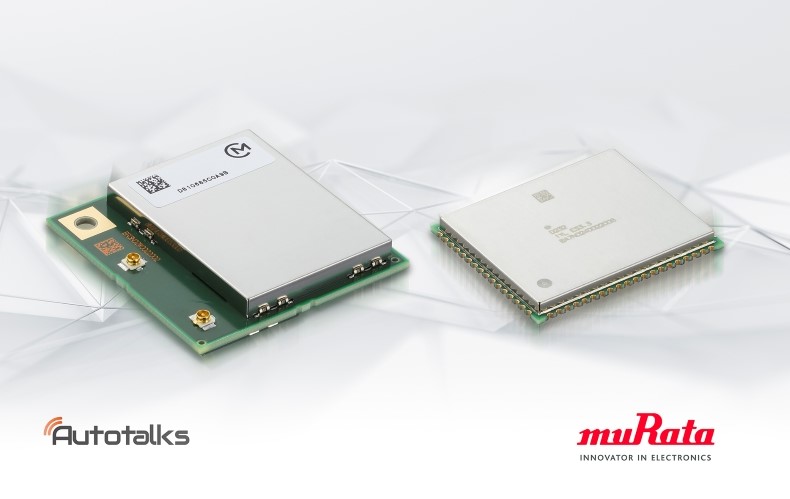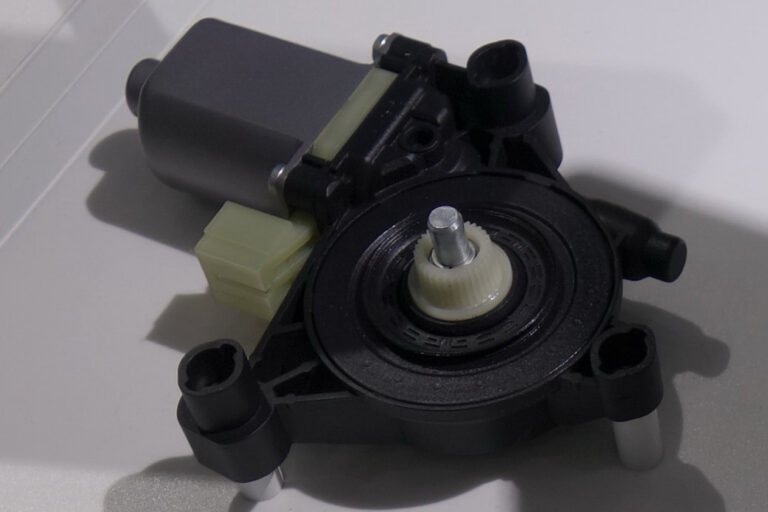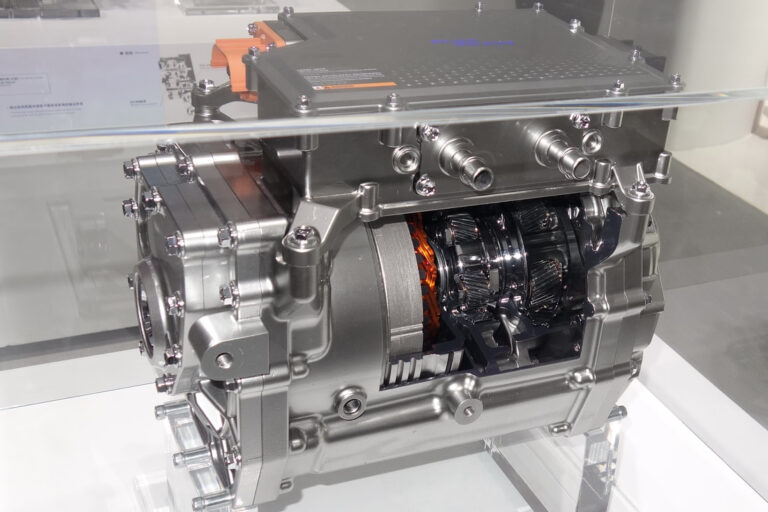
Murata has been cooperating with Autotalks to introduce pioneering new technology that will facilitate progression towards cooperative safety and higher levels of automated mobility. This has allowed Murata to introduce a wireless module solution portfolio through which direct vehicle-to-vehicle (V2V) and vehicle-to-infrastructure (V2I) communication can be supported.
For maximum versatility, this V2X solution can be adapted to customers’ requirements. It will feature Murata’s Type 2AN wireless module when intended for use in host-less configurations. In situations where there is a built-in host, the Type 1YL will be employed instead. Both these automotive-grade units are based on Autotalks’ CRATON2 and SECTON V2X chipsets. As well as being top performing, these modules are highly robust – thereby ensuring ongoing reliability, even in the most challenging of operating conditions. The Murata modules are able to support V2X software stacks from numerous different vendors.
What differentiates the Murata modules using the Autotalks’ chipset is the fact that customers can choose which of the two V2X communication standards they want to use – DSRC or C-V2X. Consequently, they can directly address different geographic regions (Europe, Asia, North America, etc.), with the same module, through simple software configuration. This means that systems designs can remain the same, resulting in the associated engineering costs being significantly lower.
Example use cases for this V2X technology will be:
- Early detection of unseen hazards – Here, via V2V, an Electronic Emergency Brake Light alert can notify the driver that a vehicle which is not visible to them at that stage (but will affect them) is applying its brakes.
- Traffic prioritization and speed control – Through V2I, roadside infrastructure can communicate with vehicles so that their speed is optimized in harmony with traffic signaling routines. This will mean that drivers are not stuck waiting at road intersections, with better traffic flows being maintained and fuel economy optimized (thanks to less acceleration/deceleration).
Other potential use cases include accident response, updates on road conditions, etc.
Murata’s V2X modules have already been selected for integration by a major vehicle manufacturer. Car models equipped with these modules are expected to be on the road by early 2024.




